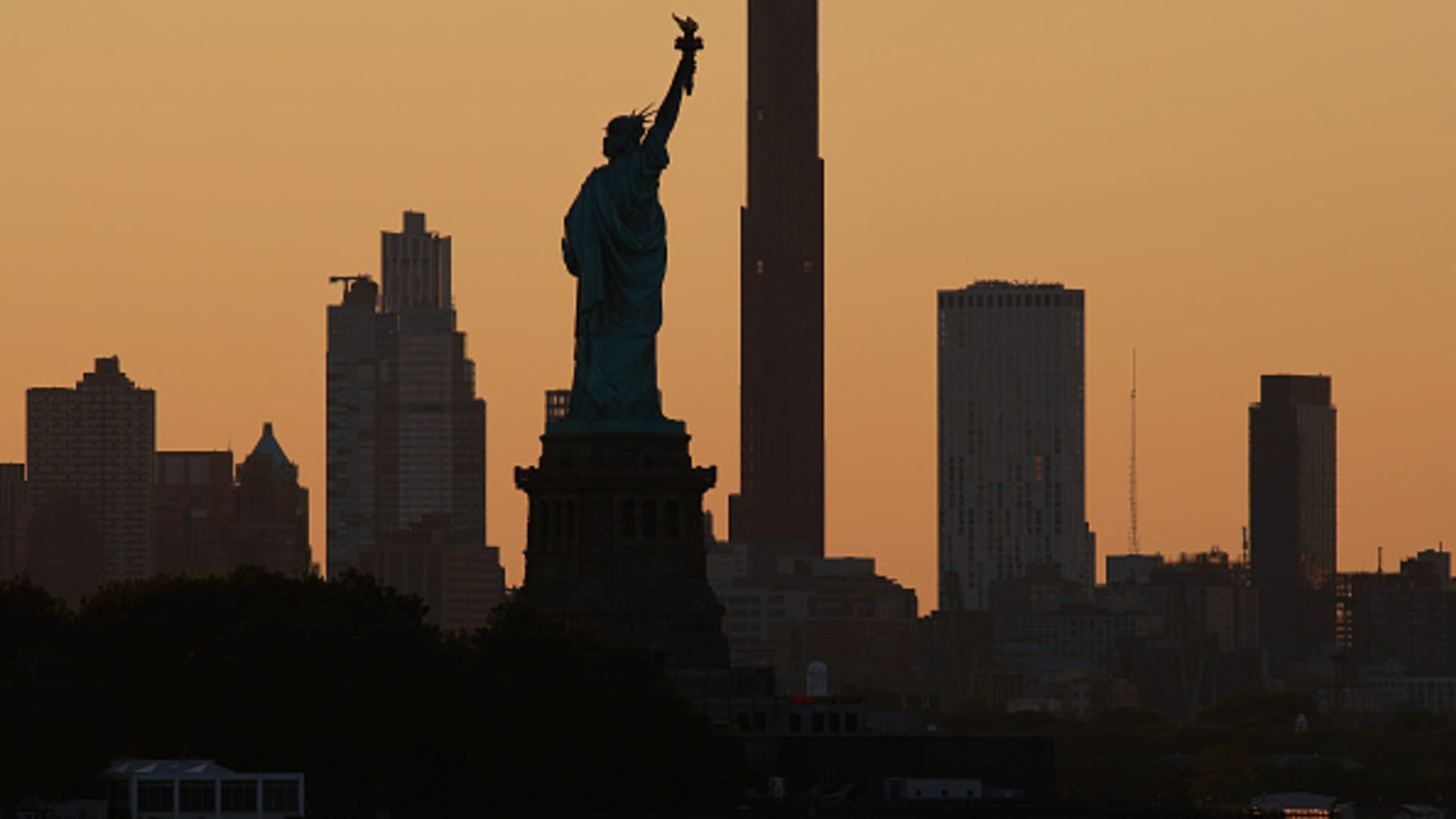The United States had over 9 million vacant positions in June, a decrease from the peak of 12 million in March 2022 but still one of the highest levels since before 2000, according to data from the Chamber of Commerce. This represents a significant loss in production, estimated at around $1 trillion per year, as these jobs remain unfilled. David J. Bier, Associate Director of Immigration Studies at the Cato Institute, emphasized the economic impact of these vacancies, stating that they could have a substantial effect on the country’s productivity.
Despite the significant number of unemployed workers in the U.S., which stands at 5.8 million, economists argue that not all of the open positions can be filled by current U.S. residents. The current immigration policies in the U.S., which restrict the hiring of unskilled migrants, contribute to this shortage. Bier explained that the 1986 Congress ban on unauthorized employment in the U.S. made it impossible to hire individuals who were in the country without authorization or employment authorization. While some argue that this policy protects existing U.S. workers, public opinion is divided on the matter. According to a survey conducted by the Cato Institute, 51% of Americans express concern that immigration could reduce job opportunities.
Meanwhile, the number of job openings continues to remain at historically high levels. Darrell Bricker, CEO of Ipsos Public Affairs and co-author of “Empty Planet: The Shock of Global Population Decline,” highlighted the consequences of a shrinking and aging population, including a decline in innovation and diminishing economic growth drivers. Bricker believes that the United States has a significant opportunity to mitigate the effects of fertility decline and population aging through a more focused immigration policy. This policy should aim to fill skill gaps rather than simply accepting immigrants for compassionate reasons. Canada, with its more open immigration policy, has been credited with successfully recovering from the Covid pandemic partially due to its approach to immigration.
Dany Bahar, an associate professor at Brown University and a Venezuelan immigrant, suggests that Canada’s success may be linked to the broken migration system in the United States. Bahar and his team are working on the Occupational Opportunity Network, a project that will provide decision-makers with insights into how migrants can contribute to the U.S. economy. By analyzing occupational data, projections, and historical trends, they aim to establish higher numbers than the current caps in the U.S. immigration system. Their hope is that these figures will lay the foundation for comprehensive immigration reform.
However, not all immigration experts agree on the necessity of more open borders. Simon Hankinson, a senior research fellow at the Heritage Foundation, believes that the current visa system, particularly the HB-1 visa, undermines the skilled labor market by importing workers from abroad. According to Hankinson, this approach prevents the market from naturally increasing wages, which would then attract individuals to pursue careers in those fields and fill the available positions.
To learn more about the impacts of U.S. immigration policies on economic growth and possible solutions, watch the accompanying video.
Denial of responsibility! VigourTimes is an automatic aggregator of Global media. In each content, the hyperlink to the primary source is specified. All trademarks belong to their rightful owners, and all materials to their authors. For any complaint, please reach us at – [email protected]. We will take necessary action within 24 hours.


